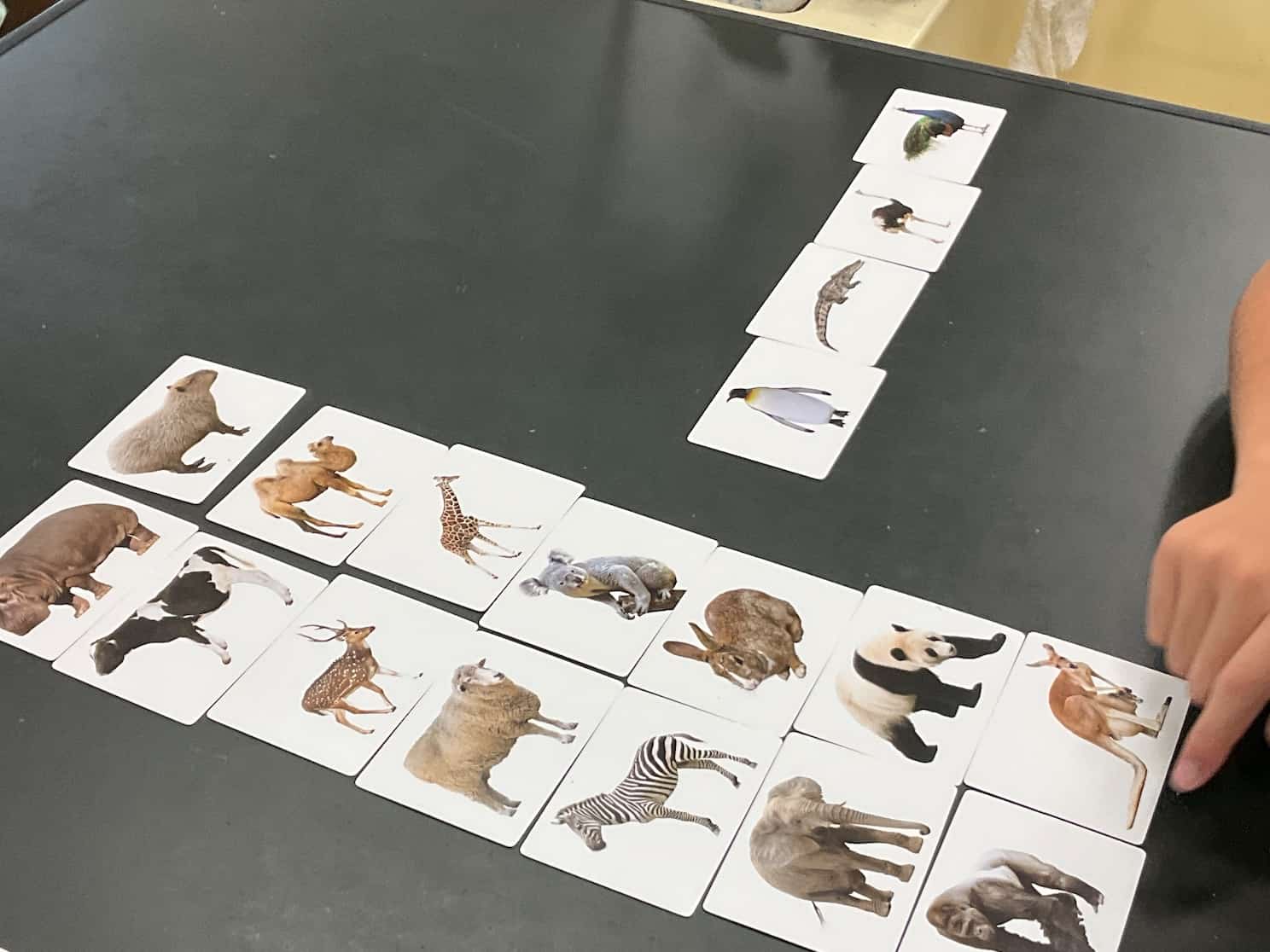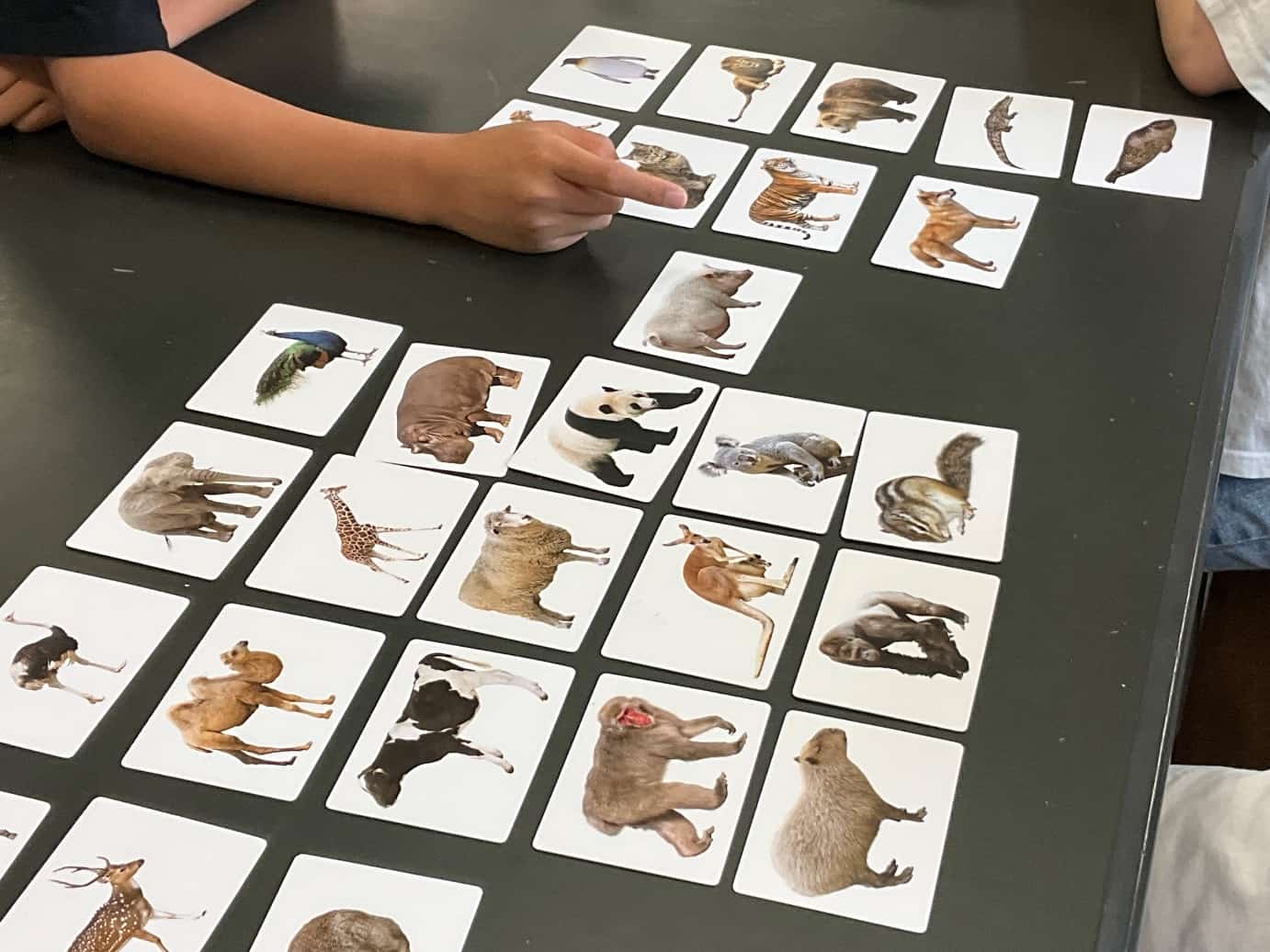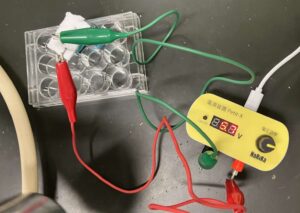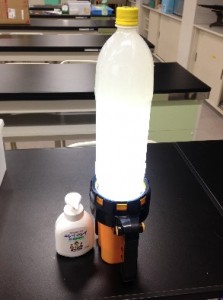The $1 Science Lesson: Why Your “Facts” About Turtles and Seahorses Are Probably Wrong!
I’m Ken Kuwako, a Science Trainer. Every Day is an Experiment!
Hello, everyone! Can you confidently say which class of animal a turtle belongs to? And what about a seahorse? When we judge animals purely by their appearance or where they live, we often get it wrong. What we “think we know” from our daily lives can completely change when viewed through a scientific lens. I recently held a class to explore the fascinating world of classification, using a surprising and super-affordable item!
That item is a set of knowledge cards: the “Monoshiri Card: Animals” and “Monoshiri Card: Marine Life,” both available at Daiso (a Japanese 100-yen store). These are perfect teaching tools for a science lesson and were a huge hit. The best part? The 100-yen price tag makes it easy to equip every student group.
Quizzing Each Other! Start by Classifying with Your “Own Ruler”
First, we used the “Animal Cards” for a workshop where students classified the creatures based on their own criteria. The process was simple: one person in the group sets a theme, and the other members classify the animals accordingly. They then have to explain the reasoning behind their classification in a quiz format.
Examples of themes included “Marine life vs. land animals” or “Animals with four legs vs. those without.”

After repeating this workshop four times, the students’ perspective gradually became more scientific, generating themes like “Animals born from eggs vs. those born live (Oviparous vs. Viviparous).”
The Scientific Ruler: Observing the “Backbone”
Once the students’ perspectives had warmed up, I had them recall a separate lesson: the dissection of a dried sardine (niboshi).
When you dissect a dried sardine, you find a single, continuous bone running from head to tail: the vertebrae (backbone). This is a characteristic shared by us humans and many of the animals on the cards. By adopting the scientific “ruler” of the backbone, we moved on to a more advanced classification challenge.
The Moment “I Thought I Knew” Turns into “Aha!”
We mixed all the “Animal Cards” and “Marine Life Cards” together, then challenged the students to classify the animals into five major groups: Fish, Amphibians, Reptiles, Birds, and Mammals. (I kept the “Other” category as per your instructions: Fish, Amphibians, Reptiles, Birds, Mammals, Other)
The animal that stumped the students the most was the seahorse. “Does it belong with crabs and shrimp because of its hard shell (crustaceans)? But its shape is so strange…”

Upon research, they discovered that the seahorse is definitively classified as a fish. Why? Because it breathes using gills and swims using fins. Furthermore, they made the interesting discovery that its seemingly hard body surface is actually just modified scales.

The students had many other “aha!” moments, including:
- “I was surprised a crocodile is a reptile!”
- “I thought a turtle was an amphibian!”
- “I thought a whale shark was a mammal!”
It’s true that turtles live both on land and in water, so it’s understandable why they might be mistaken for amphibians. However, unlike amphibians like frogs, which lay gelatinous eggs in water, turtles lay shelled (desiccation-resistant) eggs on land and breathe with lungs, placing them firmly in the reptile class.
Similarly, the whale shark, despite its large size like a whale (a mammal), is a fish, as its name “shark” suggests. The critical difference is that it uses gills for respiration, not lungs. These “mistakes” and moments of “confusion” are the very best opportunities for learning. By looking beyond superficial information like appearance or habitat and using scientific “rulers”—such as respiration method, how offspring are born, and body structure (backbone and scales)—our understanding of biological classification deepens significantly.
Contact and Requests
Bring the fun and wonder of science closer to you! I put together easy-to-understand tips and fun science experiments you can do at home. Feel free to search around!
About the operator, Ken Kuwako: Click here
For various requests (writing, lectures, science classes, TV supervision/appearances, etc.): Click here
Article updates are also delivered on X!
![]() Experimental videos are available on the Science Topics Channel!
Experimental videos are available on the Science Topics Channel!


